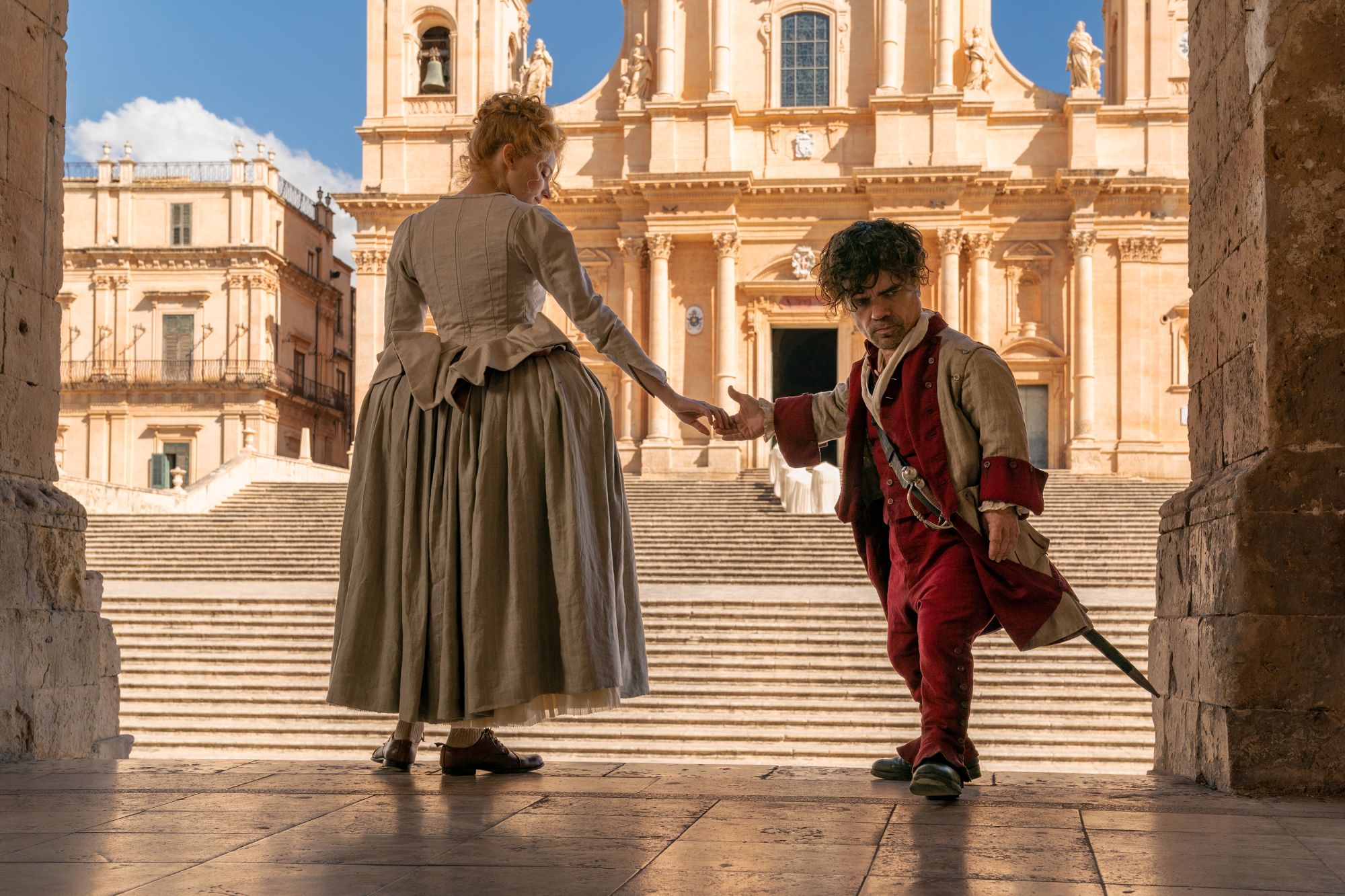Keeping you in the know, Culture Queue is an ongoing series of recommendations for timely books to read, films to watch and podcasts and music to listen to.
How do you give a visual makeover to a classic tale that’s centered around appearances? That was the question facing award-winning costume designer Massimo Cantini Parrini when he began work on the latest screen adaptation of Edmond Rostand’s 1897 play “Cyrano de Bergerac,” and he had 26 days to figure it out.
“Because of the schedule and the pandemic, I had less than a month to put together a team, pick and order the fabrics, decide what the outfits would look like before we started shooting – that’s a pretty tight timeframe for any movie. With a film like ‘Cyrano’ you would usually have three or four months to prepare. But we made it work,” he said in a video interview. “And I couldn’t be happier with the result.”
Director Joe Wright’s “Cyrano,” out today after an Oscar-qualifying one-week theatrical release in December, not only changes the setting of the famous story of unrequited love from the 17th to the 18th century, it also reimagines the title character, played by Peter Dinklage, and downsizes what’s been the fictional poet-swordsman’s most defining feature: his famously large nose.
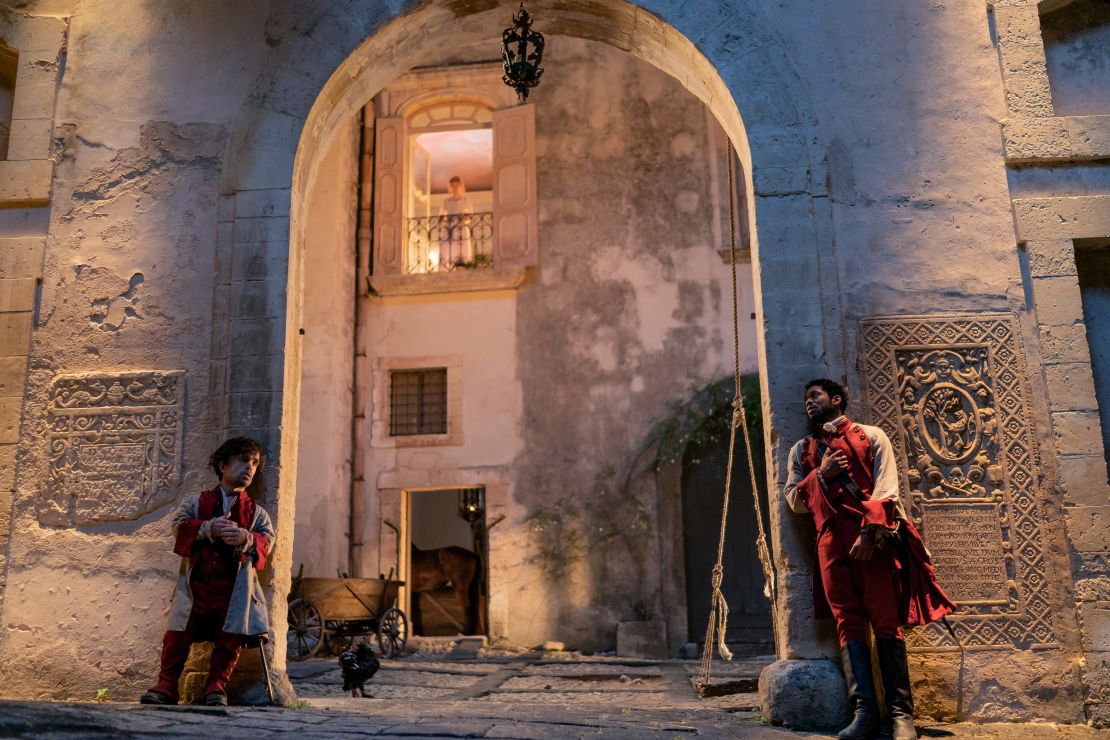
Getting rid of the prosthetic nose used in most Cyrano interpretations – and the many lines of dialogue around it – was an essential aspect of reinventing the character, said playwright Erica Schmidt, who wrote the film’s screenplay.
“My goal was for Cyrano not to articulate what it is he finds so physically unattractive about himself, and so remove not just the false nose, but any reference to it,” Schmidt said in a video interview. “I wanted the audience to make up their own idea about why he doesn’t love himself. People project things onto one another, but my ‘hideous’ qualities might not look hideous to you. So you might think his tragic flaw is his height, others might feel it’s his pride. It really is in the eye of the beholder.”
Cantini Parrini was enlisted to create costumes that would help interpret these changes and embrace the fact that Wright’s adaptation is a musical featuring a score by American rock band The National – requiring clothes dynamic enough to facilitate dance scenes. Wright also proposed thinking of each ensemble not just in terms of style, but as a direct extension of the characters’ personas and social ranks.
“Joe wanted the costumes to be defining elements of the story,” the Italian designer said.
Weaving that sartorial narrative, which earned him an Oscar nomination for costume design earlier this month, started in part with some 18th-century inspiration.
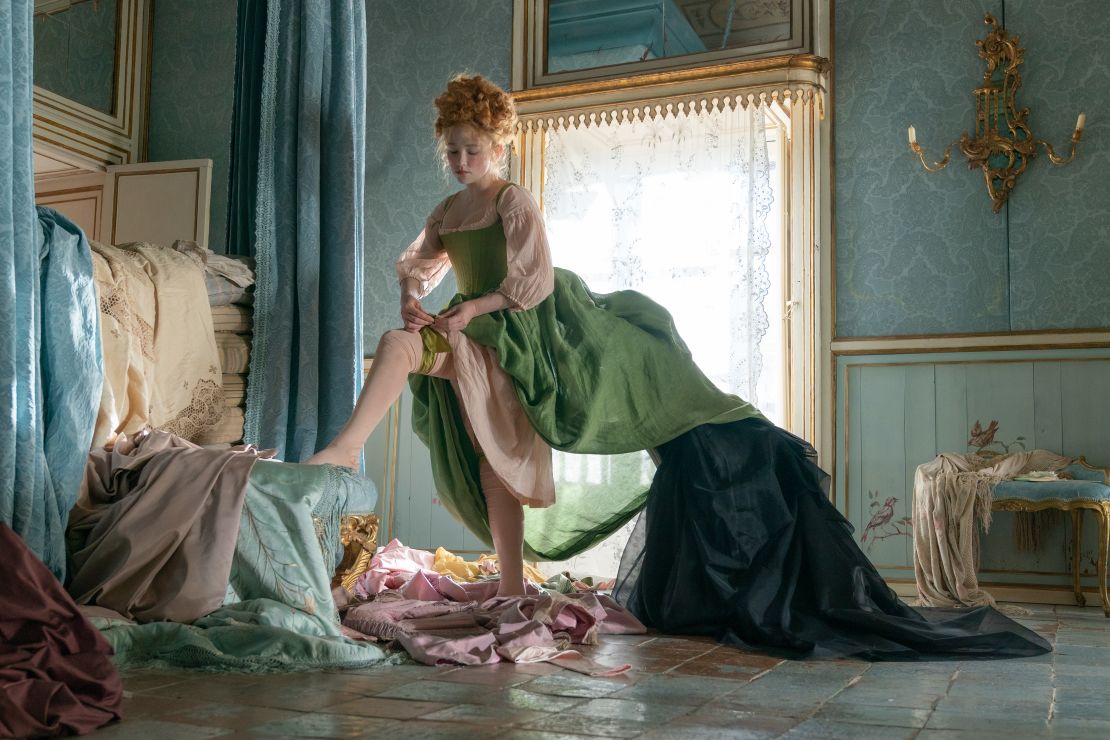
In living color
The time period in which Wright chose to set “Cyrano” offered “a much lighter, vibrant time period compared to the 1600s (when the original play was set),” Cantini Parrini said. Naturally, the clothing had to reflect that atmosphere.
“The idea was to make the world of Cyrano airy, dynamic, full of movement and give a sense of emotional transparency, while capturing the essence of that particular era,” he explained. “Lightness was the ethos for the entire movie.”
With “lightness” as his watchword, Cantini Parrini drew inspiration from 18th-century watercolors he’d seen in museums in London and Rome for the hues of the costumes, and turned to silk, linen and organza for the fabrics, which he often layered one on top of the other. “I wanted to have full-bodied silhouettes that still felt ethereal,” he said. “Particularly in the case of (Cyrano’s love interest) Roxanne (whose wardrobe was designed by Jacqueline Durran).”
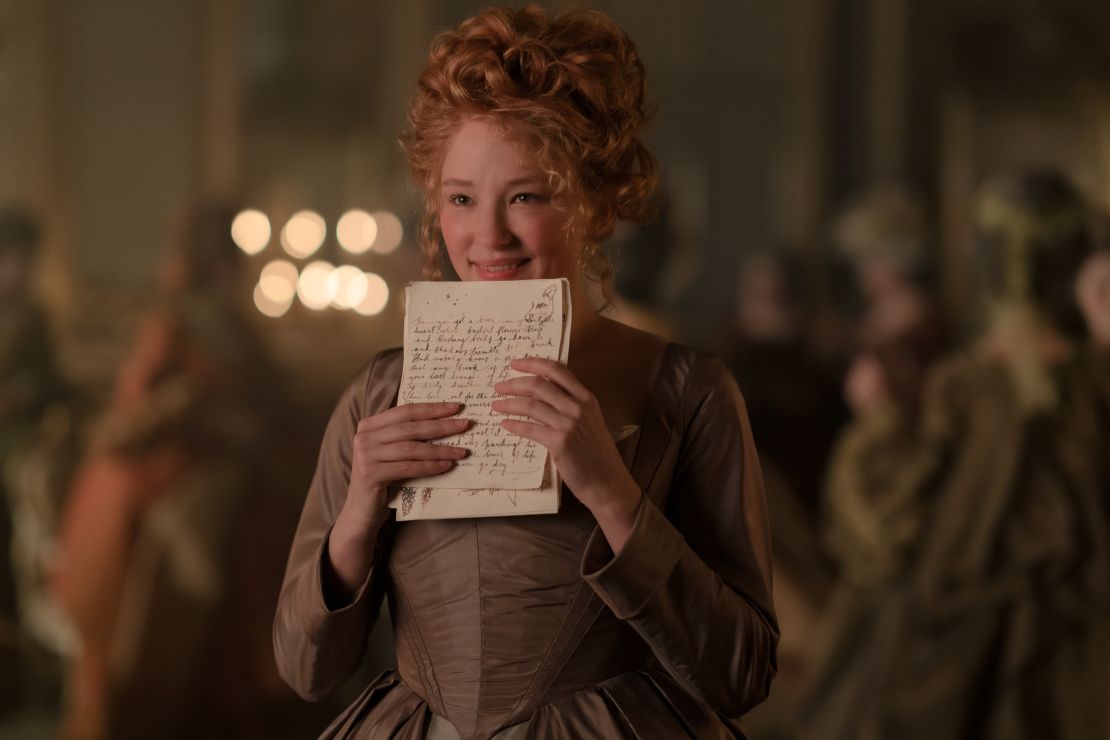
The result was almost 800 costumes that he and his team made from scratch rather than sourcing and renting existing items from costume houses, as is standard practice for period dramas of this kind, “so that we could really show Cyrano and his universe like never before, in a way that would feel truly unique,” Cantini Parrini said.
As shooting began in the baroque city of Noto, in Sicily, they continued making clothes (“Almost as if we were a textile company from the 1700s,” Cantini Parrini joked) while production ramped up and other story elements fell into place.
Wright’s retelling of the plot remains true to the classic: Cyrano, a French army officer with a penchant for poetry, is secretly in love with the beautiful and smart Roxanne (portrayed in the film by Haley Bennett), but he fears she’ll reject him. When a handsome but inarticulate cadet, his alter-ego Christian (played by Kelvin Harrison Jr.), also falls for her, Cyrano starts writing her passionate letters signed on Christian’s behalf.
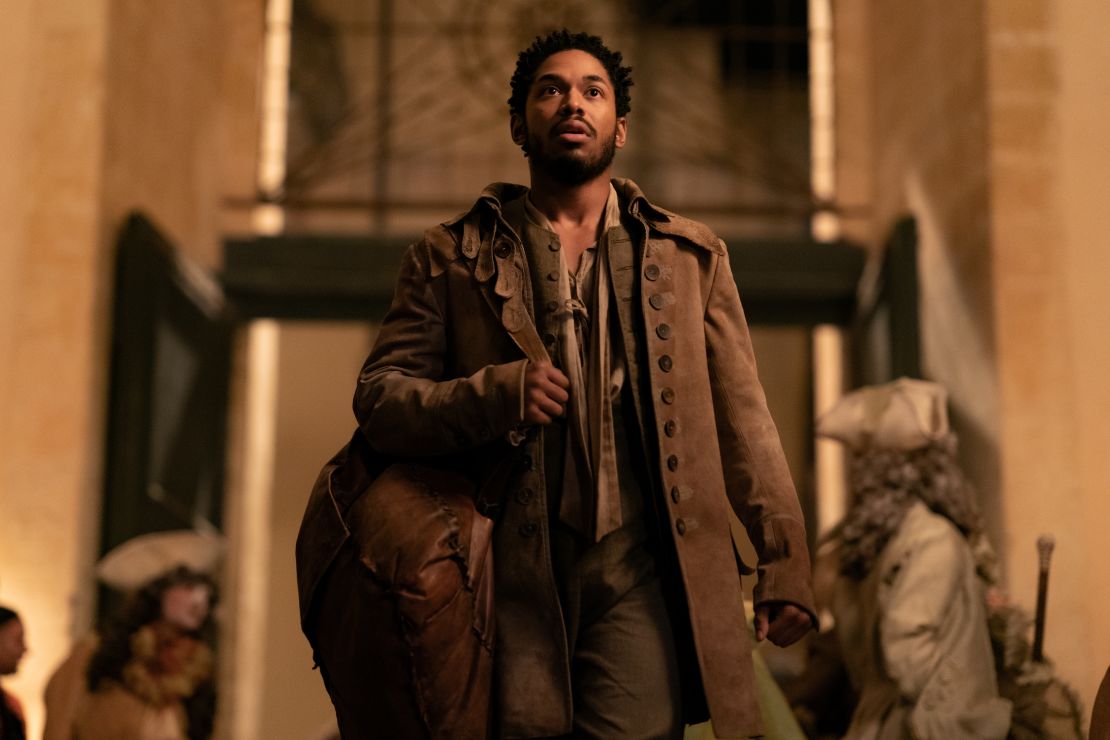
Cantini Parrini said using color as a deliberate signifier of a character’s soul or social rank was central to both the film’s storyline and its overall aesthetic. “We used colors to denote everyone’s status through the film, and enhance or define each person and their dramatic needs,” he said.
As a result, Roxanne’s voluminous yet delicate gowns appear in shades of yellow, white and beige to symbolize her pureness of heart, as well as lively blues and greens to channel her indomite spirit.
Other characters, too, have their own defining palette: Nobles are dressed in pastels –including the story’s villain, old nobleman De Guiche (portrayed by Ben Mendelsohn), who appears in pink pretty much from start to finish; peasants and the bourgeoisie in earthy tones; the clergy in ivory; and the militia, of which Cyrano is part, in reds and sandy shades.
“I think through the shades of their outfits, everyone can be seen and felt by the audience,” Cantini Parrini said. “There’s a deeper connection.”
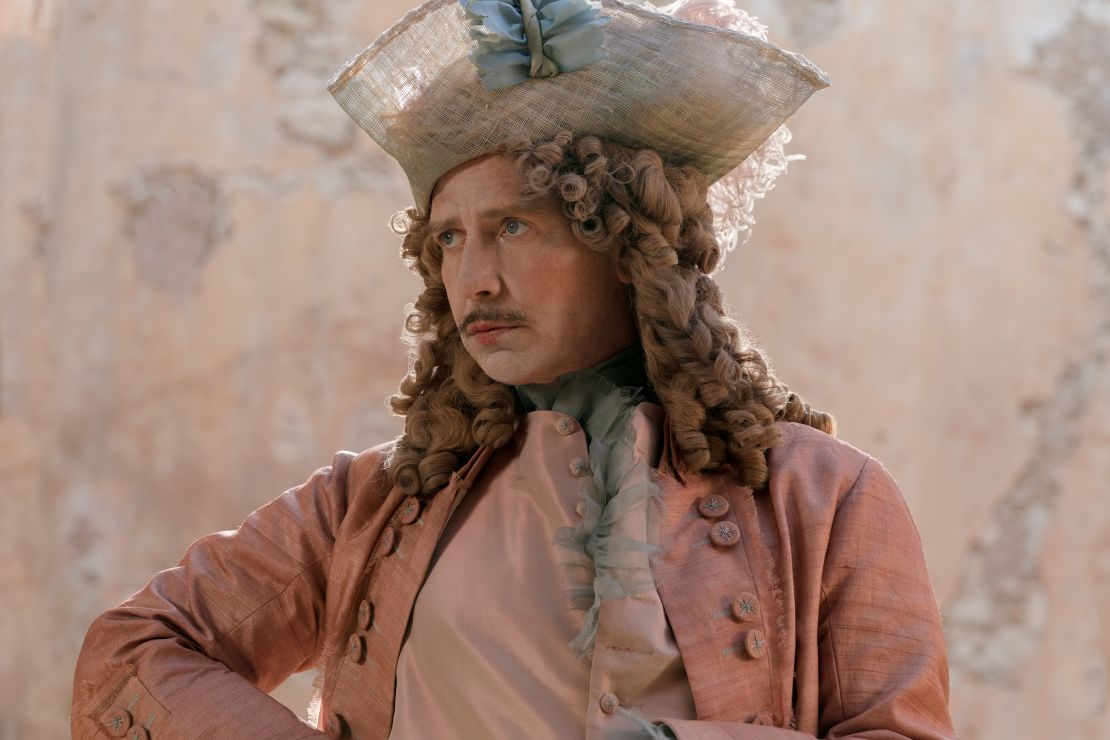
History, revised
Historical accuracy, he added, was important but not paramount. “You have to craft ensembles that the audience can understand, and that make sense for the story you’re telling. With ‘Cyrano,’ we could play around, and we did.”
Nowhere is that more evident than in the costume of Cyrano himself (and the rest of the army), which remains the same throughout the movie, save for the very last scene. “We decided that the uniform wouldn’t change, yet we still found ways to alter it by replacing the seams with buttons, so that we could adapt it to different situations,” Cantini Parrini said.
By doing so, he explained, they were able to take the sleeves off the jackets and turn them into waistcoats, shorten the skirt by buttoning it up, make it into a mantle, or take it off entirely, so that the characters could move freely in them through battle scenes and choreographic moments. “Obviously that wasn’t done in the 1700s.”
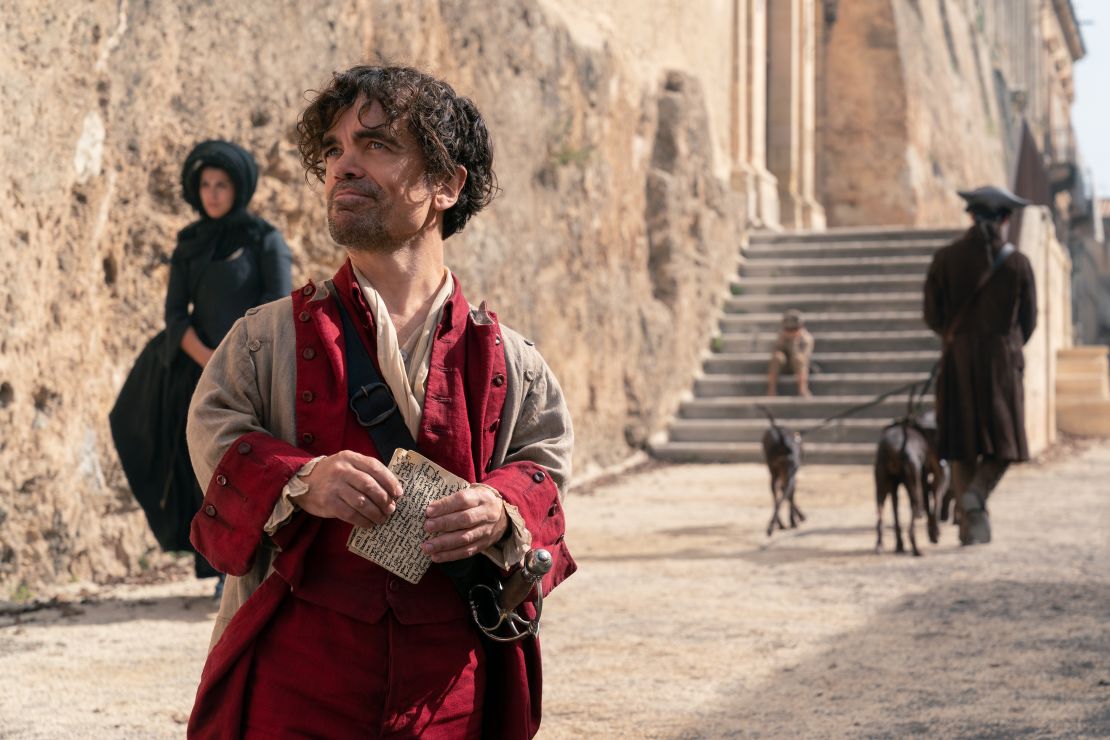
Allowing for some reinvention, the drama has a more intimate shade than the original play – though all the verbal brilliance and swashbuckling that characterize Rostand’s work are still very much there, and key to the action. Without something so openly farcical about him – the oversized nose – Cyrano (a persona vaguely inspired by real-life playwright and philosopher Savinien de Cyrano de Bergerac) becomes all the more human and relatable.
“Once we take away the physical obstacle, it’s clear that Cyrano is just like us,” Schmidt said. “He feels unworthy of love, which is something we all have felt at some point.
“Ultimately, I think the idea that we could miss out on the person we love because of our own pride and insecurities is the most haunting aspect of ‘Cyrano,’ and what brings us back to the material again and again,” she said. “It exposes something universal.”
Add to Queue: Classics Reimagined
WATCH: “Romeo + Juliet” (1996)
Baz Luhrmann’s “Romeo + Juliet” offers a modern spin on Shakespeare’s romantic tragedy that no other adaptation has ever quite matched. Featuring Luhrmann’s fast-paced, affective style, a quasi-frenzied edit courtesy of Jill Bilcock and a soundtrack that still holds up today, it’s a cult classic and a formative piece for any millennial who grew up obsessed with Leonardo di Caprio.
WATCH: “Throne of Blood” (1957)
Another Shakespeare adaptation for the ages, Akira Kurosawa’s “Throne of Blood” retells the story of Macbeth by transposing the action to 16th-century Japan and using the traditional Japanese theatrical form known as Noh. The stylistical twist gives the movie a formal, minimalist direction, with almost bare sets and a tight control over the performers’ movements and facial expressions. While the basic plot is still there, the poetry is gone, but it hardly matters: In its unique take, the film is a remarkable work of art.
WATCH: “Clueless” (1995)
One of the 1990s’ most defining movies – at least for a whole generation of teens – not everyone knows that “Clueless” was loosely based on Jane Austen’s 1815 novel “Emma.” While most of the characters’ names were changed in the film (Emma Woodhouse becomes Cher Horowitz), the plot parallels the original story – albeit with tons of preppy high school fashion, modern-day twists, and Beverly Hills, rather than England, as the backdrop for the action.
WATCH: “Tale of Tales” (2015)
Based on a 17th-century collection of fairy tales called “Pentamerone” by Italian poet Giambattista Basile (who had an influence on the Brothers Grimm and Hans Christian Andersen), the adult fantasy “Tale of Tales” is the English language debut of Italian director Matteo Garrone. Interweaving different fairy tales, the film is visually striking, weird, even grotesque, offering dark, highly symbolic adaptations of what are supposed to be children’s classics.
WATCH: “Roxanne” (1987)
Perhaps the lightest adaptation of “Cyrano de Bergerac”, “Roxanne” is a whimsical comedy starring Steve Martin as the hero with a pretty major schnoz. Funny, gentle and heartwarming (Martin is a small-town fire chief and all-around nice guy that everybody loves), it delivers a sweet take on the original, and it’s one of Martin’s best performances.
